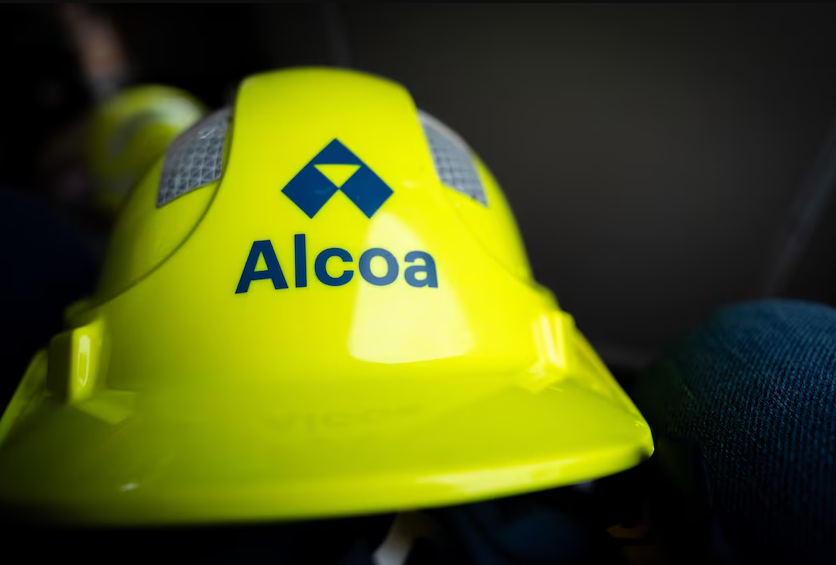

Pittsburgh-based Alcoa Corporation, a global leader in the bauxite, alumina, and aluminium industry, has announced a major update on its ongoing proposal to expand mining operations (Huntly mine) near the Serpentine Dam, a key source of drinking water for Perth. Aimed at supplying the Pinjarra alumina refinery until 2045, the proposal to expand mining operations near the Serpentine Dam has been opened for public comment by Western Australia's Environmental Protection Authority (EPA). With this expansion, Alcoa plans to increase production at its refinery in Pinjarra over the next 20 years.

Alcoa has put forward plans to expand mining in three regions, namely Myara North, Holyoake, and O'Neil, and to increase alumina production at its Pinjarra refinery through to 2045. In addition, the company has a separate proposal to extend operations at its Huntly and Willowdale mines until 2027.
Alongside the expansion plan, the EPA has also released details of Alcoa's current mining activities, inviting public submissions over a 12-week period. The US-based company began seeking approval for the Huntly mine expansion in 2020. Additionally, the EPA will now assess Alcoa's existing mining plan, which runs through 2027, following a formal referral by the WA Forests Alliance.
A brief history of the Pinjarra refinery
Alcoa has been mining bauxite in Western Australia (WA), essential for aluminium production, since the 1960s. In 2019, Alcoa sought EPA approval to boost the nameplate capacity of its Pinjarra alumina refinery by nearly 20 per cent, aiming for 5 million tonnes per year, the maximum allowed under current environmental approvals. However, no updates have been reported since.
Alcoa currently produces around 4.7 million tonnes annually.
Commissioned in 1972, the Pinjarra Alumina Refinery is considered one of the world's largest alumina refineries and imports bauxite from the nearby Huntly Bauxite Mine near Dwellingup, Western Australia. While AWAC runs several other refineries and mines, including the Willowdale mine, Pinjarra's lifeblood is unmistakably the Huntly mine, forming a vital connection that keeps production flowing.
Effect of the proposed expansion
Alcoa's proposed expansion of the Huntly mine would see 75 square kilometres of jarrah forest cleared and boost the volume of caustic tailings stored annually at its Pinjarra refinery by 1.6 million tonnes, bringing the total to a staggering 11.6 million tonnes each year. EPA chair Darren Walsh described the assessments as highly complex, noting that Alcoa has submitted thousands of pages of documentation for review.
Also Read: Andhra CM aims to make India ‘defence ready
Alcoa Australia President Elsabe Muller stated that the company has revised its plans since 2020 to address environmental and social concerns better. As part of the updated proposal, mining has been deferred in reservoir protection zone areas of forest within two kilometres of a dam, though this does not rule out future access. Muller emphasised Alcoa's "long and successful" history of operating responsibly in the northern Jarrah forest.
The EPA aims to release a single assessment report by March 2026, covering both Alcoa's current mining activities and its proposed expansion, with separate recommendations for each. Once published, the report will be open for public comment for a three-week period.
After this, the Appeals Convenor will review the submissions and prepare a report for the environment minister, who will decide whether to approve the proposals and, if so, under what conditions. Both proposals are expected to face strong public opposition, driven by growing concern for the northern Jarrah forest's future.
Conclusion
Not only had this, in 2017, Alcoa made another announcement of permanently closing the bauxite mines in Suriname, followed by a recent announcement in 2024 to halt bauxite shipments from Juruti mine amid port blockage. It can be assumed that the plans to expand the Huntly mine can be one of the reasons to mitigate these shortfalls. For 2025, the company expects bauxite production to decline slightly to 38.3 million tonnes, down from 41 million tonnes in 2024, mainly due to the curtailment of the Kwinana refinery affecting alumina output. Despite this, Alcoa projects alumina shipments to remain steady with 2024 levels, ranging between 13.1 and 13.3 million tonnes.
Also Read: India’s industrial exports, including aluminium, to the UK are at risk from 2027 carbon duties
Responses








